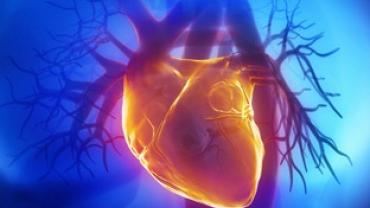
In a new study just published this month in the American Journal of Clinical Nutrition researchers demonstrated that n-acetyl-cysteine significantly decreased plasma homocysteine levels as well as blood pressure.
Homocysteine is an amino acid produced as part of the bodies methylation process and is considered an independent risk factor for cardiovascular disease. This oxidative stress biomarker is associated with an increased risk of many cardiovascular disorders such as atherosclerosis stroke abdominal aortic aneurysm essential hypertension and venous thrombosis. The metabolism of homocysteine is highly dependent on in vitamin B12 folate and vitamin B6. Deficiencies in any of these vitamins may be associated with elevated homocysteine levels.
Lowering homocysteine with B vitamins has been shown through previous research to improve only certain clinical endpoints. However according to this new study n-acetyl-cysteine acutely lowers plasma homocysteine as well as blood pressure. Researchers reanalyzed two double-blind placebo-controlled trials in unmedicated middle-aged men. They evaluated the effect of oral n-acetyl-cysteine given for four weeks at 1.8 g/d on plasma homocyteine plasma thiol (cysteine) and intracellular glutathione concentrations as well as on blood pressure.
As a result four weeks of n-acetyl-cysteine supplementation compared to placebo led to a significant decrease in plasma homocysteine levels. In addition there was a significant reduction in systolic blood pressure in all the subjects given the n-acetyl-cysteine. A significant reduction in diastolic blood pressure was also seen in the hyperlipidemic group.
The authors conclude that oral intake of n-acetyl-cysteine should be considered for primary or secondary prevention of vascular events with regard to the two independent risk factors of hyperhomocysteinemia and hypertension.
In looking at the whole picture it is also important to assess laboratory markers such as cardio CRP homocysteine fibrinogen CoQ10 lipoprotein (a) and vitamin D.
Hypertension issues in many cases can be solved by simply addressing nutrient deficiencies. It is important to assess mineral status such as magnesium calcium and potassium as well as toxic metals such as aluminum arsenic cadmium lead and mercury since they can play a significant role with blood pressure regulation.
By Michael Jurgelewicz DC DACBN DCBCN